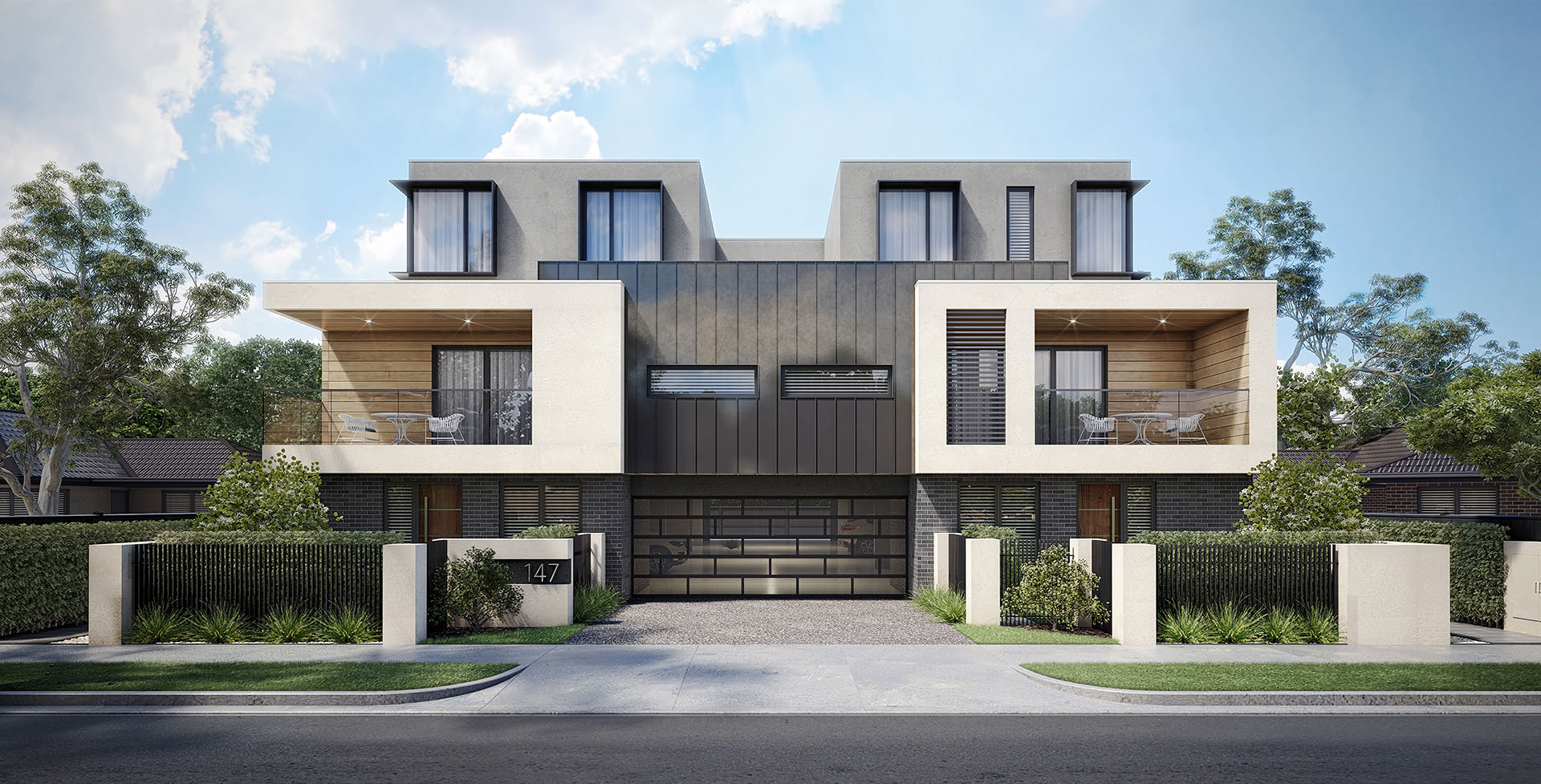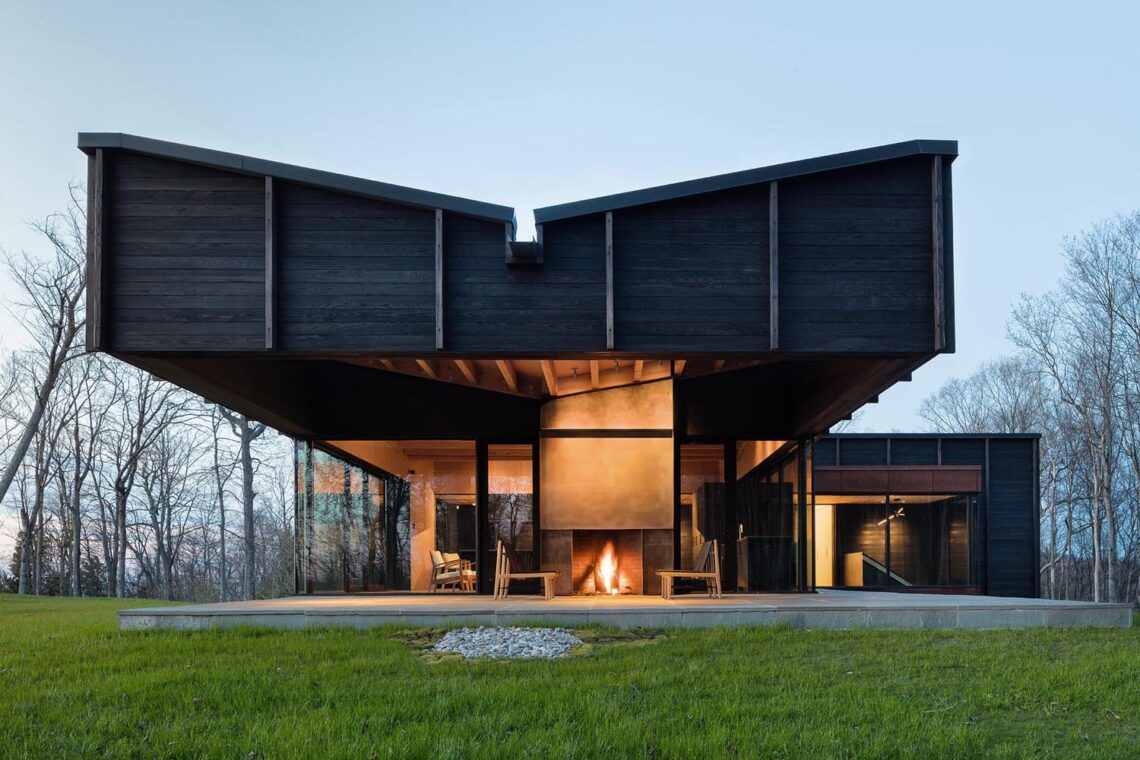Residential Interior Architect Services to Enhance Your Home’s Aesthetic and Functionality
Wiki Article
How Residential Architects Create Customized Residences for each Way Of Living
The procedure by which household designers layout tailored homes is a nuanced interaction of recognizing client needs and converting those understandings right into functional living rooms. Via comprehensive assessments and the usage of design devices, architects catch the essence of their clients' way of livings, guaranteeing that each home mirrors personal values and goals.Understanding Client Needs

Reliable interaction is paramount in this process. Engineers ought to encourage customers to articulate their way of lives, household characteristics, and future goals, making sure that the style mirrors their distinct identification. By utilizing devices such as sets of questions, interviews, and visual studies, engineers can collect valuable insights right into the client's vision.
In addition, understanding the context in which a home will exist is important. Designers have to think about elements such as the website features, regional environment, and cultural influences that can influence the style. This all natural method allows for the production of rooms that are not just aesthetically pleasing but also practical and lasting.
Inevitably, a deep understanding of client needs allows architects to create customized homes that boost the high quality of life for their owners, fostering a feeling of belonging and comfort within their living environments.
Layout Refine and Collaboration
The layout process in household design is a dynamic interaction of creativity and collaboration, where designers, clients, and numerous stakeholders work very closely to bring a vision to life. This iterative journey typically starts with a collection of meetings to establish an extensive understanding of the customer's goals, choices, and lifestyle demands. Throughout these discussions, engineers collect important info, enabling them to conceive layouts that line up with the client's vision.Complying with the initial assessments, the style stage evolves with sketches, 3D models, and architectural renderings. This visual communication serves as a device for designers to present ideas, while likewise inviting client responses, ensuring that the final style resonates with their expectations. Effective partnership with engineers, professionals, and indoor designers is important during this stage, as it guarantees that all practical aspects of the task are flawlessly integrated.

Incorporating Way Of Living Components
Integrating lifestyle elements right into residential design is essential for producing rooms that truly resonate with the inhabitants. residential architecture homes. This procedure starts with recognizing the unique requirements, preferences, and daily regimens of the home owners. Engineers involve in detailed discussions to uncover just how the specific or family uses their room, whether for entertaining visitors, seeking hobbies, or looking for silent resort
When these insights are gathered, designers can tailor design functions that enhance day-to-day experiences. For example, open flooring plans might be made for families that prioritize togetherness, while dedicated work areas can be integrated for those who function from home. Outdoor areas, such as gardens or patio areas, can be emphasized for family members that take pleasure in outside activities or amusing.
In addition, adaptability is a key consideration; multi-functional rooms enable for flexibility as way of lives advance over time. Custom storage solutions can likewise be integrated to satisfy particular company needs, ensuring that the home remains clutter-free and useful. Eventually, by thoughtfully weaving way of living aspects right into the architectural textile, property architects create customized homes that not just fulfill aesthetic wishes however additionally significantly boost the lifestyle for their clients.
Lasting and Smart Layout
Clever and lasting style progressively plays a critical duty in domestic design, as property owners look for to decrease their environmental influence while boosting their living experiences. Engineers are now integrating eco-friendly products, energy-efficient systems, and cutting-edge technologies to develop homes that not just fulfill aesthetic desires yet also offer the planet.Incorporating eco-friendly power sources, such as solar panels and wind turbines, allows home owners to harness natural resources, significantly reducing dependence on traditional power grids. Smart home technologies even more boost sustainability by optimizing energy usage via automated systems that manage home heating, illumination, and cooling based on occupancy and preferences.
In addition, using lasting building products-- like reclaimed wood, bamboo, and reused steel-- promotes a round economy, reducing waste and resource usage. Engineers also highlight easy style concepts, making certain homes are oriented for optimum all-natural light and ventilation, therefore lessening the need for synthetic heating & cooling.
Along with eco-friendly benefits, wise and sustainable style read this adds to the general comfort and health and wellness of homeowners. By focusing on indoor air top quality and natural components, designers develop areas that cultivate wellness, permitting home owners to thrive attuned to their atmosphere.
Wrapping Up and Executing Plans
Finalizing and implementing plans is an essential stage in the household architecture process, where the vision of a customized home begins to appear. This phase entails meticulous interest to information, guaranteeing that every aspect of the style is exactly verbalized and ready for construction. residential architecture homes. Designers work together very closely with clients to review click final strategies, attending to any type of last-minute changes or concerns, while ensuring that all elements line up with the property owner's way of living requirementsWhen strategies are settled, designers prepare thorough construction documents, consisting of comprehensive illustrations and specifications that act as a plan for building contractors. These files detail products, coatings, and installation approaches, supplying quality for subcontractors and specialists. Additionally, protecting necessary permits and sticking to regional building codes is essential, as it makes sure conformity and smooth task execution.
By cultivating a joint setting, engineers can ensure that the execution straightens with the initial vision. Ultimately, this essential stage transforms concepts into reality, laying the foundation for a home that shows the special lifestyle and preferences of its occupants.
Final Thought
In final thought, domestic engineers play a pivotal function in crafting customized homes that cater to diverse way of lives. Through careful understanding of client requirements, collaborative layout procedures, and the combination of lifestyle aspects, architects make sure that each home mirrors specific choices.The procedure by which household designers design personalized homes is a nuanced interplay of understanding client demands and converting those insights right into practical living rooms. Through extensive appointments and the usage of style tools, engineers catch the significance of their customers' way of lives, ensuring that each home mirrors individual worths and goals. Designers must encourage customers to express their way of livings, family members dynamics, and future aspirations, ensuring that the design reflects their one-of-a-kind identity.The style process in residential style is a vibrant interaction of creativity and cooperation, where architects, customers, and various stakeholders function very closely to bring a vision to find out here now life - residential architecture homes. Through precise understanding of client demands, collective layout procedures, and the assimilation of way of living components, architects make certain that each home shows specific preferences
Report this wiki page